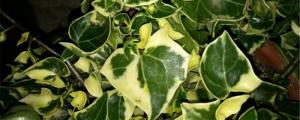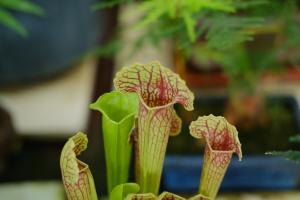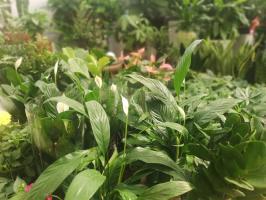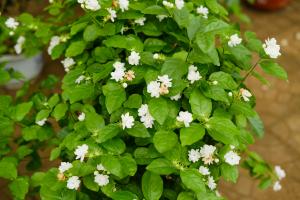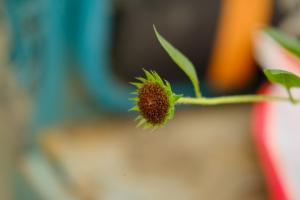1、 Curing method
1. Light management: drunk beauty likes the environment with plenty of sunshine, so she has high requirements for sunshine and can give it sunshine all day. But pay attention to the hot summer, do not direct sunlight

2. Water selection: the watering cycle of drunk beauty is generally 2-3 times a month, but there are two points to pay attention to: thorough watering and sufficient watering. The simple understanding is: thorough watering without drying. In winter, you can choose not to water and keep the basin soil slightly dry
3. Flowerpot selection: flowerpots need to be selected with good air permeability. Generally, the volume does not need to be too large, which can be 5 times that of the plant itself. The recommended flowerpot is ceramic or clay tile

4. Temperature management: this plant is not resistant to cold winter, so during the breeding process, the temperature should be maintained at about 26 degrees, not too low
2、 Breeding skills
1. Spend summer: keep enough sunshine in summer, but avoid direct sunlight. At the same time, there is more rain in summer to avoid excessive watering leading to root rot
2. Cutting: the general breeding method of drunk beauty is leaf cutting, which is generally simple to operate. Take enough plump leaves and dry them for 2-3 days, then move them into the flower pot, pour enough water and wait for germination and rooting

3、 Diagnosis and treatment problems
1. Rotten roots: because there is much rain in summer, it is necessary to avoid watering too much, resulting in root rot. The solution is to bathe in more sunshine and water appropriately
2. Insect pest: avoid aphid infestation. Generally, it is caused by the infection of surrounding plants. Take precautions against getting up early in advance, and use a watering can to clean the blades

4、 Other issues
1. Toxic or not: drunk beauty is a succulent plant, non-toxic, and its ornamental value is very high, which is suitable for bonsai cultivation
2. Pruning and maintenance: the leaves shall be pruned regularly to remove the withered, yellow and rotten leaves. Safety measures such as tweezers and disposable gloves shall be prepared in advance


 jackfruit
jackfruit snake plant
snake plant hibiscus
hibiscus hydrangea
hydrangea lavender
lavender Green roses climb al...
Green roses climb al... If you don't pay att...
If you don't pay att... Management of four g...
Management of four g...